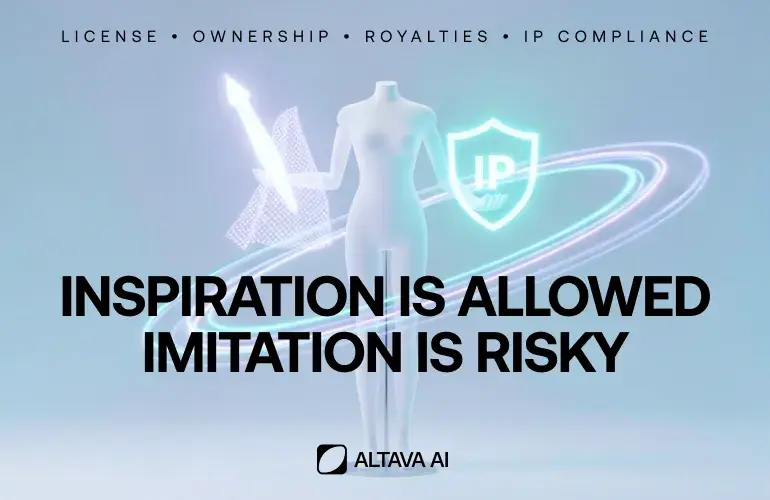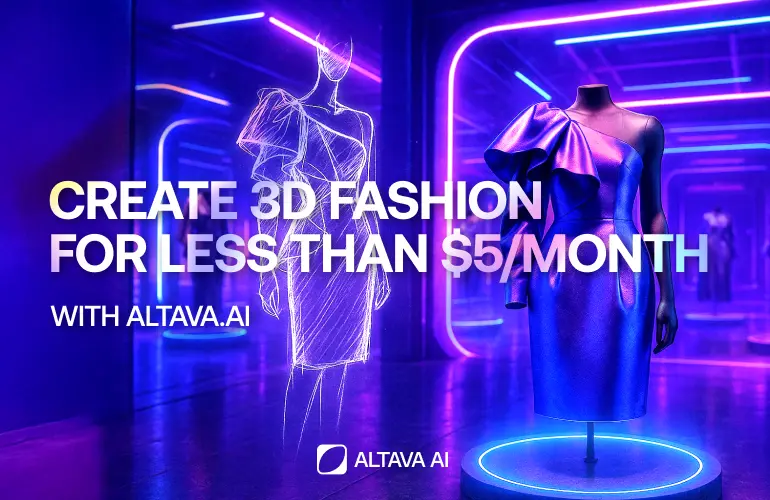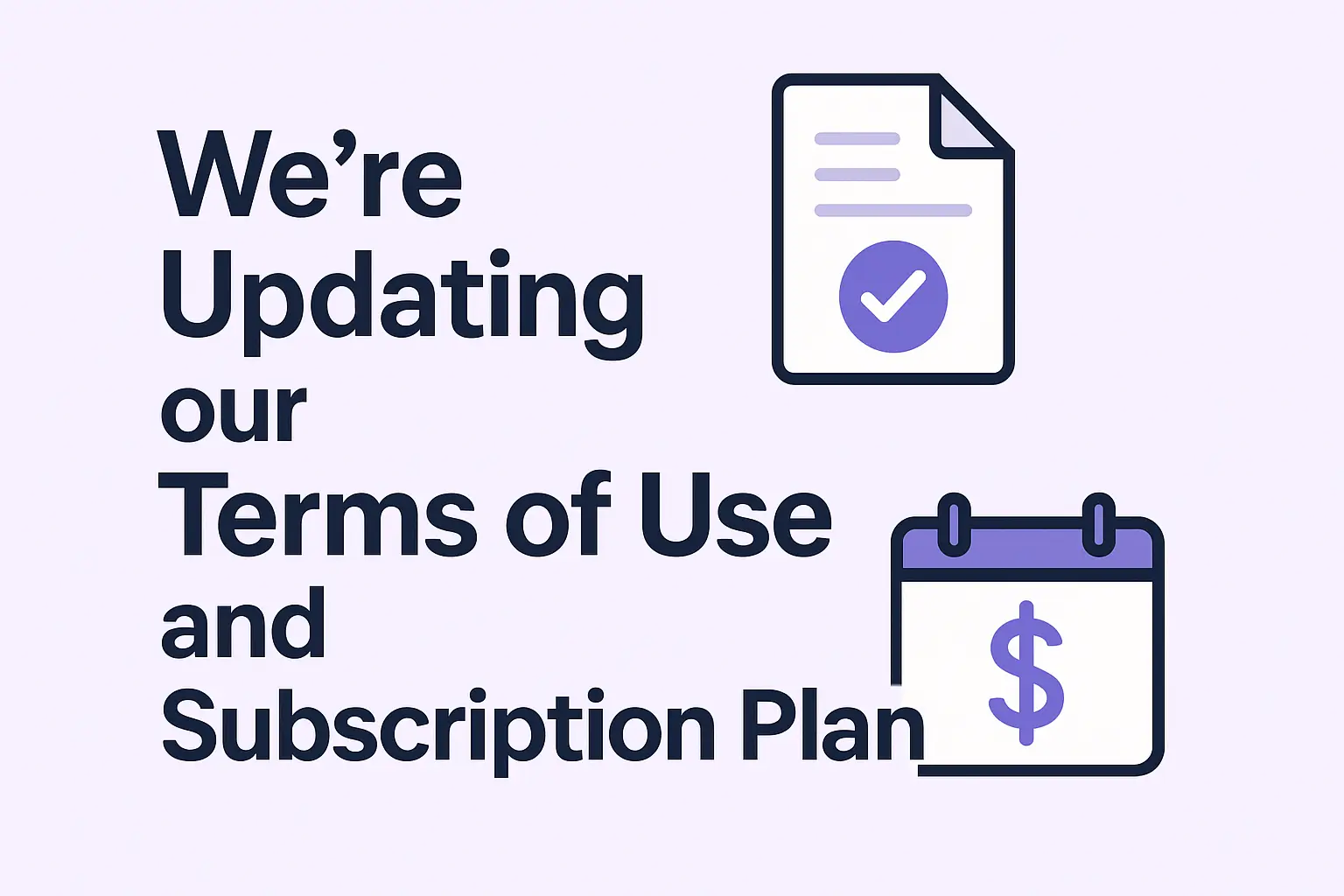How to Create and Monetize 3D Fashion UGC Without IP Risks
How to safely create and monetize 3D fashion UGC without IP risk

Introduction
As the era of 3D fashion unfolds, anyone can become a creator. But as the door to creation opens wider, the rules of responsibility become clearer. Beyond “great ideas,” today’s creators must learn the new discipline of legally safe creation. This article serves as a practical guide to designing and monetizing 3D fashion UGC without IP infringement. From idea validation at the design stage to upload checklists and rights management frameworks — it covers the essential principles every digital fashion creator should know.
Starting Point to Reduce IP Risk
To minimize legal risks in digital fashion UGC, creators must understand intellectual property (IP) principles such as copyright and trademarks, and build design, operational, and rights management strategies around them. The core idea is simple: “Inspiration is allowed, but imitation is risky.” Before uploading, document a clear license structure—ownership, usage scope, duration, region, derivatives, and royalties—and, when needed, use smart contracts to automate royalty enforcement and usage permissions.
1) Understanding the Basics
Platforms can remove or archive content suspected of IP infringement and follow DMCA notice and takedown procedures.
To use another’s IP, obtain explicit permission that covers commercial use. Names, logos, and signature icons carry separate trademark risks.
Trend: Major platforms are strengthening IP collaboration and license management features, highlighting the growing importance of official licensing.
2) Creative Strategies to Avoid Infringement
Reinterpret motifs: Borrow only colors, silhouettes, or moods; redesign details to differentiate.
Fan art + permission: Define commercial use, duration, media, and region clearly in a written agreement.
Licensed IP use: Follow provided platform procedures and retain proof of license.
Public domain / open licenses: Verify actual conditions for reuse (e.g., CC terms).
Remix / mix-matching: Combine elements creatively but remove identifiable traits.
Abstraction / symbolism: Retain symbolic color combinations; remove literal or specific shapes.
Differentiate worlds and stories: Create new contexts, avoiding original names, logos, or recognizable design motifs.
3) Pre-Upload Checklist
Record idea sources: Keep internal documentation of inspiration links and reference materials.
Self-assess transformation level: Ensure it’s reinterpretation, not replication; seek peer review.
Verify license and permission scope: Define usage, media, region, duration, derivative rights, and royalties in writing.
Check names, logos, and symbols: Remove or replace potentially infringing brand identifiers.
Confirm Roblox IP license procedures: Follow official tools or approval processes if required.
Add copyright notice or credit: When possible, state “inspired by ~, reinterpreted” to clarify creative intent.
Prepare monitoring plan: Track reports and feedback after release; establish response routines for takedowns, revisions, or appeals.
4) Understanding Through an Example
Imagine creating an outfit inspired by the mood of a popular comic character. Risky: Copying the same color segmentation, pattern layout, accessories, eye design, or name.
Safe: Adopting only part of the color palette while changing materials, cuts, and overall silhouette. Abstract signature patterns to lower identifiability. Avoid character names, logos, or series titles, and separate worldbuilding or lookbook context from the original.
The goal is for users to sense a familiar mood — but for the work to remain legally distinct from direct imitation or reproduction.
5) IP and Rights Framework for Monetization
A. Ownership and License Structure
Copyright belongs to the creator by default and remains unless transferred in writing.
Platforms (e.g., Roblox) may request usage rights over UGC, while third-party use (e.g., brands or agencies) requires separate licensing.
Contracts should define exclusivity, media, region, term, derivative works, resale or promotional usage, and royalty or settlement terms.
B. Explicit Rights Acquisition and Management
Document commercial usage scope, compensation structure, and dispute resolution clauses in submission terms.
Create a standardized SOP from creator selection → negotiation → signed contract → proof retention.
Maintain a rights ledger tracking each asset’s license status, expiration dates, and restrictions.
C. Smart Contracts and Royalty Automation (Optional)
For blockchain-based items or external marketplaces, smart contracts can automate royalties, region, and duration limits.
Always confirm marketplace policy precedence and verify real payout feasibility.
D. Platform Policy Compliance
Follow Roblox’s community standards and UGC format requirements (e.g., layered clothing).
Regularly update internal guides to prepare for takedowns, community reports, and policy changes.
E. Preventive Rights Protection
Use DRM or content recognition tools to detect unauthorized use and review sensitive elements like logos or likenesses.
Attribution and source credit enhance community trust and provide proof in disputes.
Conduct quarterly rights and contract audits to manage expirations or violations.
6) Internal Operational Templates
Rights checklist: Creativity score (shape, pattern, color, story), trademark use, and license proof.
Artifact archive: Reference links, version logs, file hash values, communication history.
Issue response playbook: Report → temporary unlisting → legal review → revise / withdraw / appeal → republish.
Conclusion
Competitiveness in Roblox UGC comes from balancing policy compliance and creative originality. Minimize identifiable elements during design, verify rights and trademarks before upload, and maintain active monitoring and fast response afterward. By combining clear licensing frameworks with smart contract–based royalty systems, creators can significantly reduce legal risk and safely expand monetization opportunities in 3D fashion UGC.
References
IP Licensing Tools https://create.roblox.com/docs/ip-licensing Good Faith Takedown System for UGC Creators https://devforum.roblox.com/t/good-faith-takedown-system-for-ugc-creators-protection-from-strike-accumulation/3795690 DMCA Guidelines https://create.roblox.com/docs/production/publishing/dmca-guidelines User-Generated Content https://roblox.fandom.com/wiki/User-generated_content IP and Usage Rights for User-Generated Content (UGC) https://fashionlawjournal.com/ip-and-usage-rights-for-user-generated-content-ugc/
Latest News

The Best 3D Design Platform Under $5/Month
Why Altava.ai is the most affordable way to create 3D outfits
The History and Future of Avatars: ALTAVA’s Role in Building the AI Fashion Ecosystem
Avatars are evolving from simple pixels to AI-powered digital twins, reshaping identity, culture, and commerce. ALTAVA leads this shift by building an AI fashion ecosystem that bridges the physical and virtual worlds, driving the Avatar Economy in the metaverse era.

Revised Terms of Use & Subscription Plans
ALTAVA will implement updated Terms of Use and subscription plans starting October 1, 2025. Key updates include